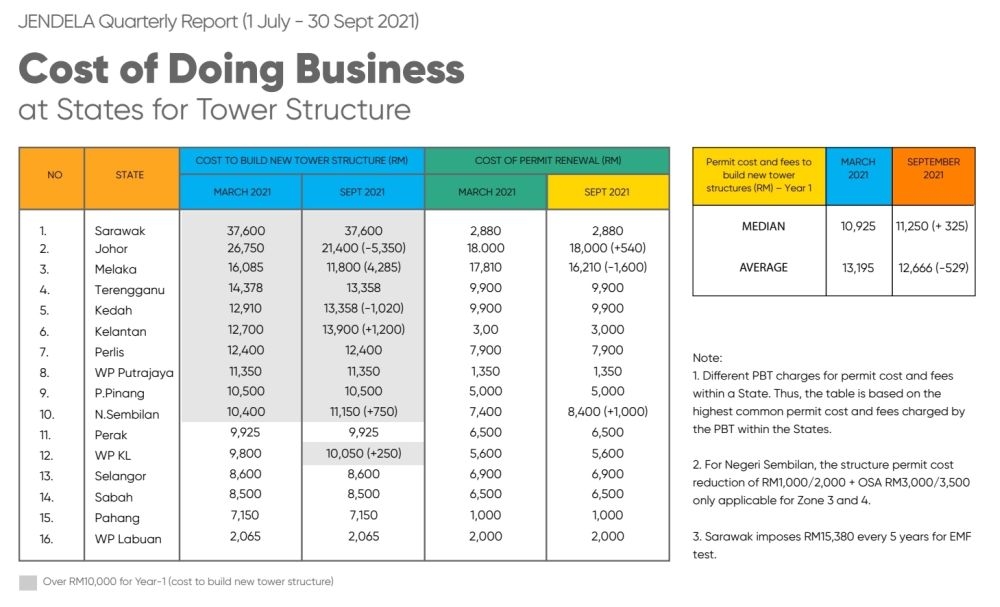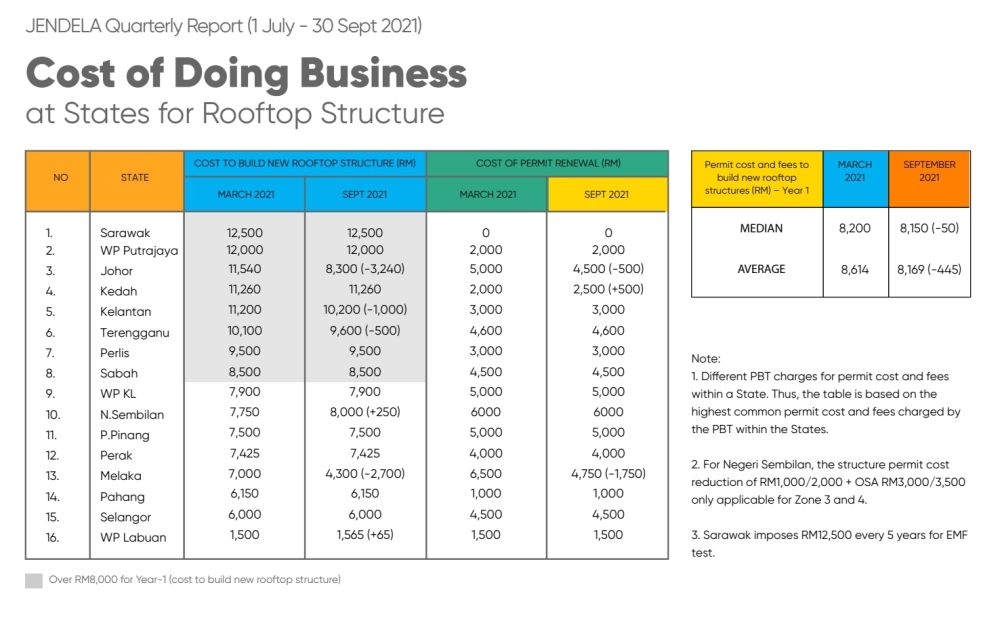KUCHING, May 22 — Communications and Digital Minister Fahmi Fadzil recently raised concerns about ‘naked’ telco towers during his visit to Sarawak. These are essentially towers that have been erected but without telecommunications equipment on them.
Sarawak state government has invested to build its own towers
To recap, the Sarawak state government has embarked on its own telco tower project under Sarawak Multimedia Authority Rural Telecommunication (SMART) to bridge the digital divide. Under the Sarawak Digital Economy Strategy 2018-2022 plan, the state government via the Sarawak Multimedia Authority (SMA) allocated RM795 million to build 300 telecommunications towers, which included Malaysia’s first Multi-Operator Core Network tower (MOCN) in Luban Ulu.
The telco tower project eventually expanded to 600 towers to be built under the Sarawak Linking Urban Rural and Nation-Sarawak Rural Broadband Network (Saluran-MySRBN) initiative which will cost over RM1 billion. In a joint statement released on 15th December 2020, the MCMC said a total of 1,661 locations nationwide have been identified for the provision of public cellular and mobile broadband services under Jendela Phase 1 and 636 locations are located in Sarawak. Both the MCMC and SMA were to work together to find the best solution in providing the communication needs of all Sarawakians.
As revealed by Fahmi recently, a total of 125 out of 600 towers erected in the state will be operational by Hari Gawai, which falls on 1st June. He said that the MCMC has been instructed to start negotiations between the state’s Ministry of Utility and Telecommunication and the telcos to solve the remaining 475 towers that are not operational.

The cost to build telco towers is the highest in Sarawak
Having “naked towers” is never a good sign considering significant funds have been allocated and spent on improving connectivity. As highlighted by the MCMC in its previous Jendela report, Sarawak has one of the most expensive costs in terms of permit fees to build towers in the entire country at RM37,600 per structure. As a comparison, it costs RM8,500 for a new tower in Sabah and RM7,150 in Pahang.
Even for rooftop structures, Sarawak still tops the list when it comes to permit fees at RM12,500 per structure, followed by Putrajaya at RM12,000 while Sabah costs even lower at RM8,500 and Selangor costs RM6,000 per site. On top of that, Sarawak imposes an EMF test fee of RM15,380 for towers and RM12,500 for rooftop structures.

Last year, Prime Minister Ismail Sabri Yaakob called for a special committee to standardise the cost, charges and fees for the development of telco structures at the state level. He said each state authority, local authorities, one-stop centres and other related agencies are charging different costs, charges and fees based on surveys conducted by the MCMC.
Going back to this rural tower project, the cost to build is even higher. Considering over RM1 billion has been allocated to erect 600 towers, this calculates to approximately RM1.6 million per tower on average. If we look at the initial 300 towers with RM795 million budget allocation, that’s a staggering RM2.65 million per tower.
Naked towers due to lack of coordination?
So what went wrong? The general public needs to know how many naked towers involving the state government and federal government’s initiative under Jendela. Jendela projects that utilise the Universal Service Provision (USP) fund involve billions of ringgit contributed by telcos on an annual basis. There needs to be a clear report on the progress made so far. It’s already mid-way through Q2 2023 and the MCMC has yet to release its full report on Jendela Phase 1 which ended in Q4 2022.
Was there a lack of coordination between state and federal agencies to ensure these towers are utilised? Before a tower is constructed, there should be a tender and processes involving telcos, and the projects are tracked closely to ensure successful delivery of each site with actual coverage being rolled out for users.
Empty towers can be perceived as a waste of funds if no telcos are using them. Why aren’t telcos on board? Could it be due to high tenancy charges? Was there a proper demand study conducted before the towers are erected? The regulator has to answer and the public needs to know the latest status of Jendela so far. The MCMC has a better understanding of where the populated areas are and they have more data points coming from user complaints about coverage and service quality to know how to close the gaps when it comes to connectivity. — SoyaCincau





















